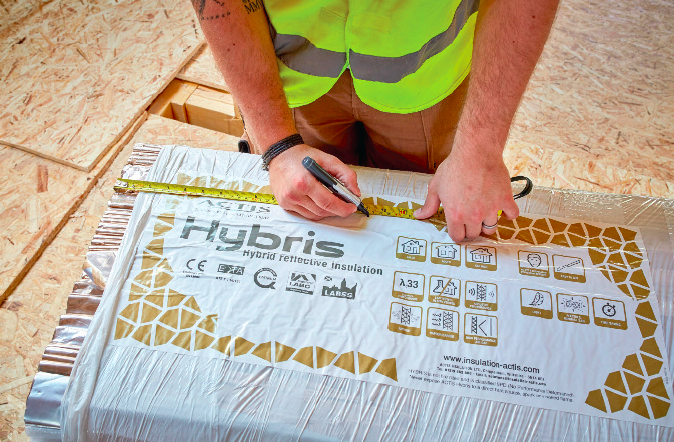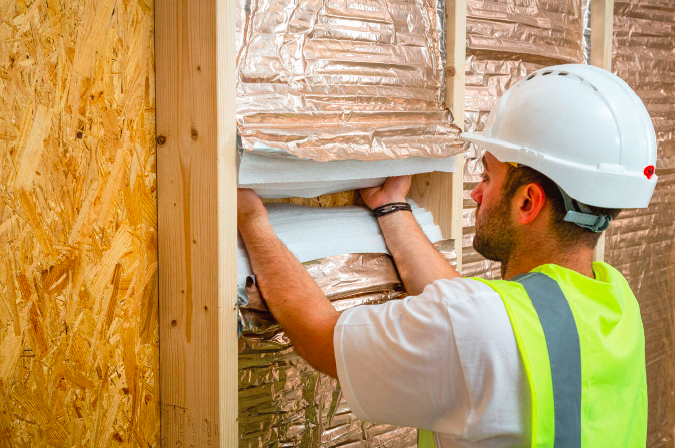
Mark Cooper, UK and Ireland sales director at insulation specialist Actis, looks at how the UK can meet the challenge of steep housing targets with an underpowered construction workforce
The government is going full steam ahead with its housing development plans. With an overall target of an additional 1.5 million homes over the course of the current parliament, including entire new towns, it has also pledged £39 billion to help build more affordable and social housing.
But, in addition to negotiating factors such as planning reform, land availability, infrastructure issues and local sentiment, two further elements are crucial to the success of the campaign. They are putting much more focus on creating faster-tobuild offsite homes and substantially increasing the construction workforce.
 Check-a-trade’s Annual UK Trade Skills Index report revealed that the UK needs another 1.3 million skilled workers and 350,000 apprentices in order to meet government housing and net zero targets, along with home improvements, in the coming decade.
Check-a-trade’s Annual UK Trade Skills Index report revealed that the UK needs another 1.3 million skilled workers and 350,000 apprentices in order to meet government housing and net zero targets, along with home improvements, in the coming decade.
This shortfall is exacerbated by an ageing workforce, with 35 per cent of current workers aged over 50 and many planning to retire within the next decade. A three-point plan to help address the shortfall created by the tradesmen matching site says companies should be encouraged to take on apprentices, training must be improved and schools should interest youngsters in construction careers. We’ve added a fourth to the mix – increasing build speed.
In our own small way we’re doing what we can to encourage young people to consider careers in the industry. We have our own outreach programme which aims to instil a passion for a career in construction among young people, with our team visiting schools and colleges to offer training days and insight into career options.
Equally importantly, we need to encourage developers to incorporate more offsite construction into their housing mix. Offsite construction is an excellent way to build more homes in less time, as they can be built up to 30% more quickly than their traditional counterparts.
 Many elements, including insulation, take place in the factory. Our insulation systems take between 25 and 50% less time to install than traditional alternatives, which all helps to speed up the process. The onsite build element typically takes between seven and 12 days, depending on the size of house.
Many elements, including insulation, take place in the factory. Our insulation systems take between 25 and 50% less time to install than traditional alternatives, which all helps to speed up the process. The onsite build element typically takes between seven and 12 days, depending on the size of house.
While they are quicker to build, the quality of offsite homes is far better controlled. Timber frame homes can be thermally superb, cutting carbon emissions and saving money and resources.
Many areas of construction require highly skilled professionals. But there are some which require less academic expertise and practical training, which could be carried out by apprentices while they enhance their skills further. This would free up time for some of the higher skilled workers to concentrate on the trickier elements of construction. Some elements are highly mechanised, something which ensures consistent good quality, and could be carried out by tradespeople perhaps at an earlier stage of their career. With proper focus and a strategic approach, this could help us create more homes which are also thermally efficient and of good quality.
For more information on Actis Insulation visit www.rdr.link/dbe028








